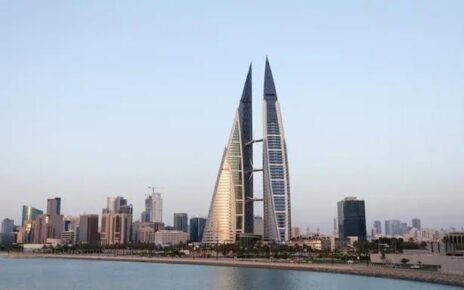The future of digital tourism marketing lies in programmatic marketing, which currently represents 62% of advertising investment worldwide and about 91% in the United States.
What is programmatic marketing? It is a digital marketing advertising strategy that is responsible for connecting an ad with the user that best fits the characteristics to be a future or potential customer.
What is the difference with traditional advertising? The segmentation is much higher, so it reaches the target audience better; it is more automated. They are campaigns that can be modified in real-time, so what doesn’t work can be changed and adjusted immediately.
Implementing Programmatic Marketing
Today, if your online property or services are not on the internet or do not appear in search engines, it does not exist, so investing in advertising is an advantage to reach these customers more easily.
Most travel and hospitality enterprises are presented online, but the best way to stand out from the crowd is using a digital tourism marketing advertising strategy to reach potential customers more quickly and directly. Here is a five-step road map of an effective digital tourism marketing strategy:
Define the objective of the campaign: be clear about what is sought with this advertising, what is being sold and what you want to achieve. An example of this is announcing a new service at the hotel, an offer, rooms in high season, etc.
Choosing the channels through which the advertising will appear: many times, it will depend on what is being advertised and what type of audience it will reach. For example, if you want to reach business travelers, the best social network would be LinkedIn.
Segment users: in this step, you select which potential customers you want to reach. The characteristics of the users will be defined so that the information reaches the most objective users. If you want to advertise a more premium and higher quality service, you will have to reach an audience with a higher purchasing power.
Decide the budget for the investment: in digital tourism marketing, different ads are made within the campaign itself, so it must be invested in a different way. Reaching a person who only visits the web is not the same as reaching a user who is going to make a reservation or contact the hotel or travel agent. Therefore, it is possible to make, for example, an ad that when clicked reveals the hotel, its facilities and services and another ad that redirects to the reservation or contact page.
Analyze and improve performance: once the campaign is running, you must see in detail what works and what doesn’t in order to change things at the moment so that it gives better results.




